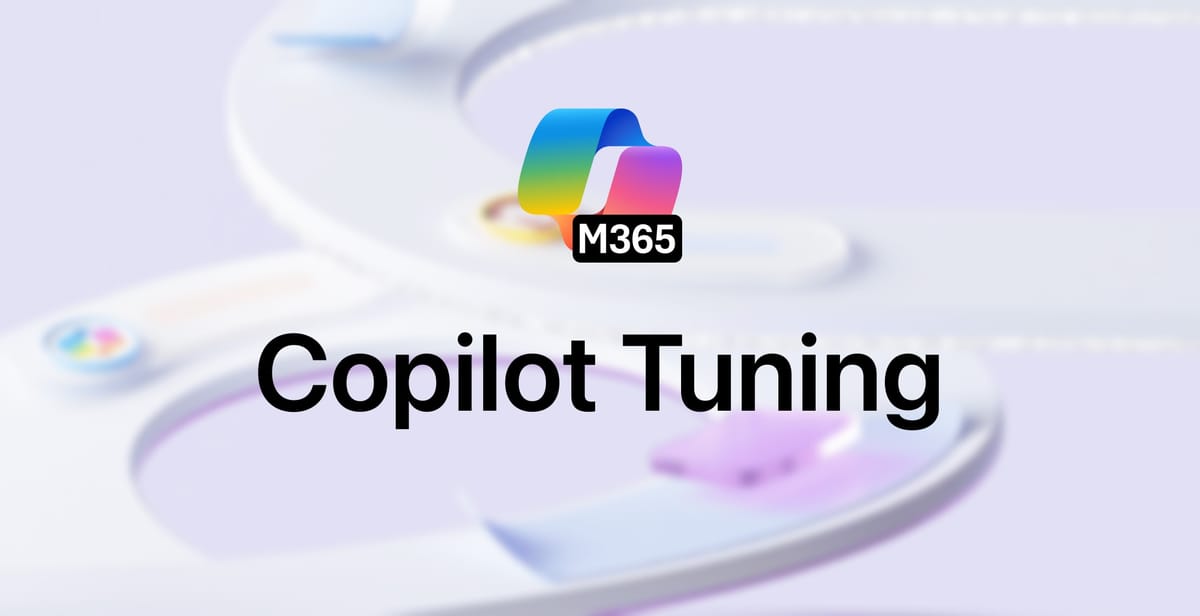
In a flurry of AI announcements at Build 2025, one immediately stood out: Microsoft 365 Copilot Tuning. It’s a new low-code feature inside Copilot Studio that allows companies to train specialized AI agents using their own documents, workflows, and domain knowledge—all without needing machine learning expertise or third-party help.
Key Points:
- Copilot Tuning lets companies fine-tune AI agents using internal data and workflows.
- It’s built into Copilot Studio and requires no coding or data science team.
- Data stays within Microsoft 365’s secure boundary—no model retraining by Microsoft.
The idea is simple. Feed Copilot a small set of labeled reference documents—say, contracts, support tickets, past RFPs—and let it learn your company’s tone, vocabulary, and subject matter. From there, it can spin up tailored agents for things like legal drafting, industry-specific consulting, or handling complex onboarding flows. And critically, all of this happens within Microsoft’s own 365 service boundary. That means your data doesn’t train Microsoft’s foundation models, and it doesn’t leave your organization’s secure bubble.
Copilot Tuning shifts the conversation in the enterprise to ownable intelligence. "This is about tuning Copilot for every customer, every enterprise, every firm," Nadella explained during his keynote. "Copilot can now learn your company's unique tone and language, and soon it will even go further understanding all of the company-specific expertise and knowledge."
For businesses, the appeal is obvious: faster deployment of smarter agents, no vendor lock-in, and fewer hallucinations because the AI knows your playbook. A legal firm, for instance, can now generate documents that reflect its actual writing style and legal nuance—rather than relying on generic boilerplate. A consulting company can tune vertical-specific agents for clients in healthcare vs. finance, each drawing from proprietary playbooks and case studies.
It’s launching in June as part of an Early Adopter Program. That’s sooner than most expected, and it puts Microsoft ahead of rivals still talking about fine-tuning via APIs. It’s an incredibly slick trick: make fine-tuning invisible, and suddenly every business can do it.

